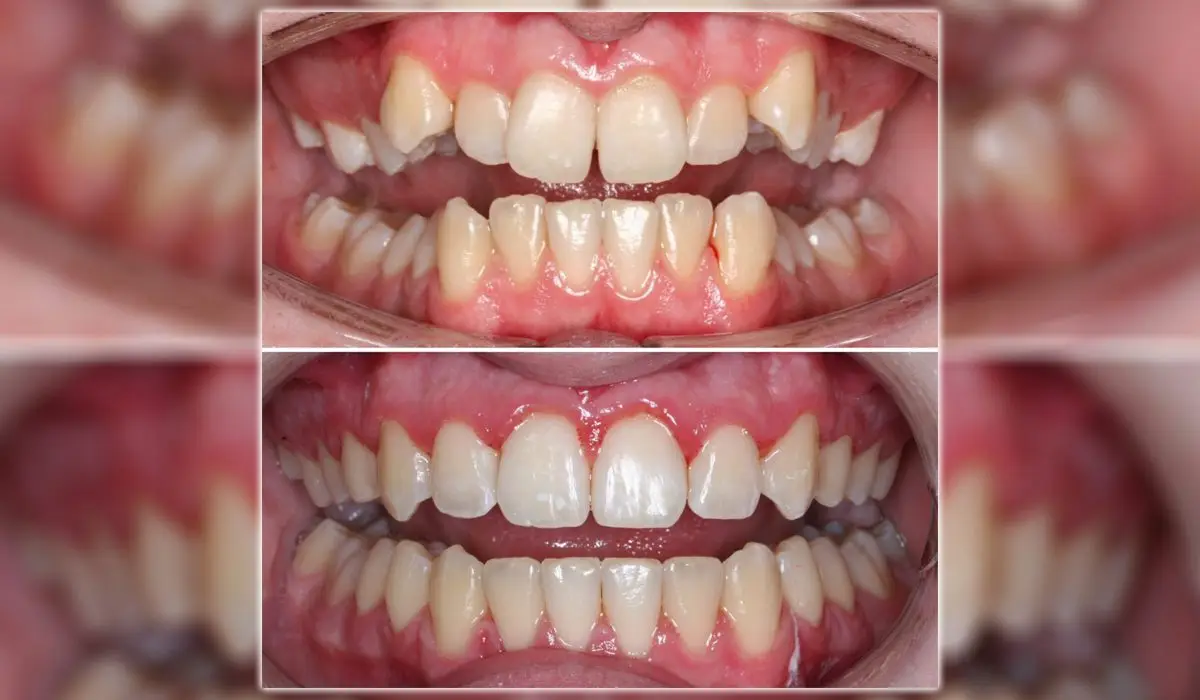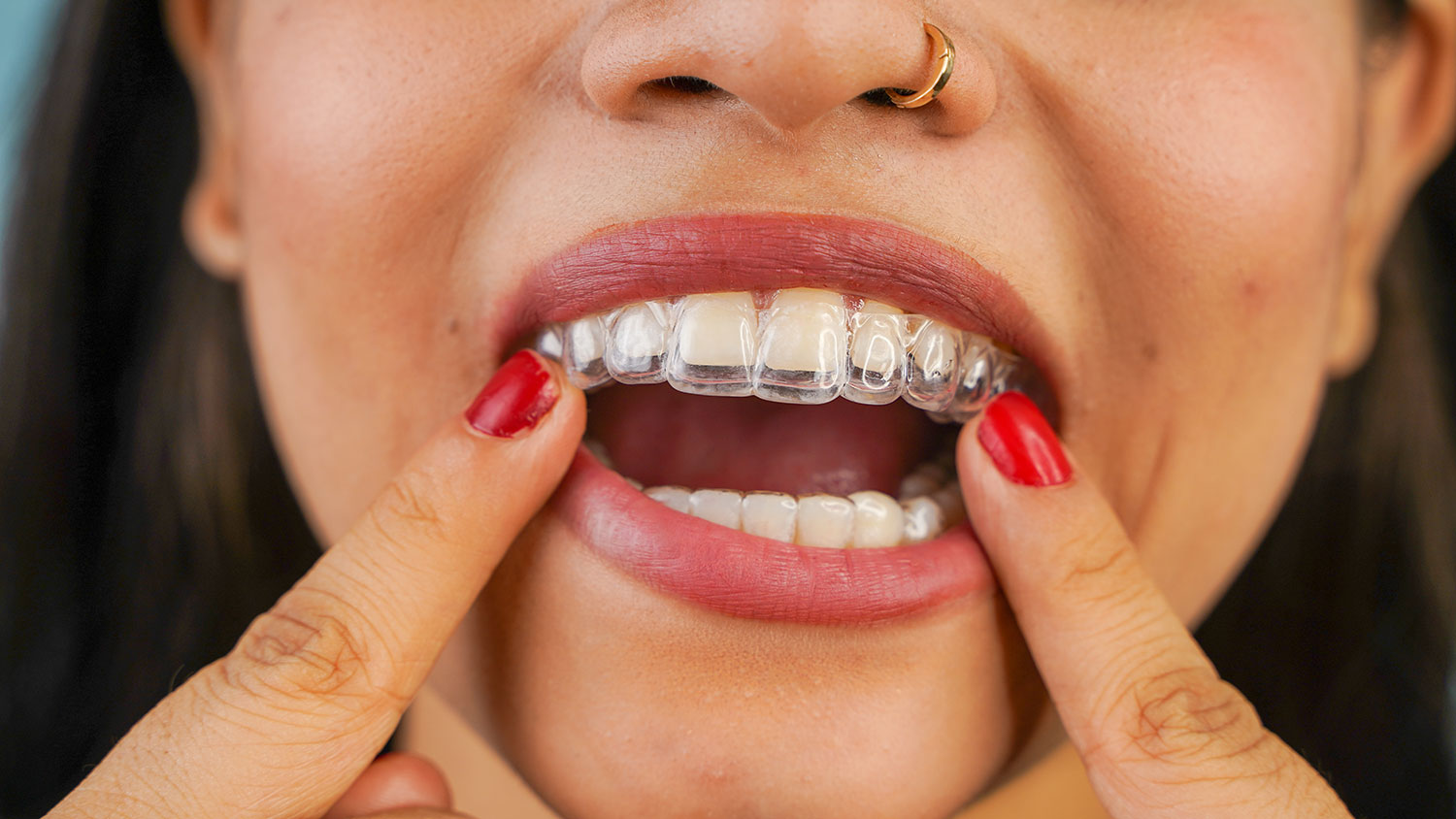How Invisalign Functions: Your Guide to Clear Aligners and Their Effectiveness
How Invisalign Functions: Your Guide to Clear Aligners and Their Effectiveness
Blog Article
Invisalign vs. Traditional Dental braces: Which Option Is Right for You?
When taking into consideration orthodontic treatment, the option in between Invisalign and traditional braces presents several important factors that warrant careful assessment. Invisalign provides a very discreet alternative with removable aligners, while typical braces offer a much more noticeable yet reliable option for serious misalignment.
Summary of Treatment Alternatives

In contrast, typical dental braces include metal brackets and cables that are bonded to the teeth. This approach applies continuous stress with time to achieve alignment. While efficient for complex orthodontic issues, standard dental braces need routine visits for modifications and can posture challenges in maintaining oral hygiene as a result of the problem of cleaning about brackets and cords.
Both options have their values, and the choice commonly depends upon particular oral conditions, lifestyle choices, and patient compliance. Eventually, getting in touch with an orthodontic specialist is crucial for identifying the most suitable treatment plan customized to specific demands. Recognizing the nuances of each alternative can considerably affect the total success of orthodontic therapy.
Visual Factors To Consider
A substantial element influencing the choice in between Invisalign and traditional braces is the visual appeal each treatment supplies. Invisalign aligners are crafted from clear plastic, making them virtually unnoticeable when used. This discreet look is particularly appealing to young adults and adults that may feel uneasy regarding their orthodontic treatment. The capability to preserve an all-natural smile throughout the placement procedure can substantially boost the individual's confidence in social and professional settings.
On the other hand, standard braces contain steel brackets and wires, which can be more recognizable. While innovations in orthodontic technology have led to the development of smaller brackets and colored elastics, typical dental braces still keep a more conspicuous profile. For some individuals, the presence of braces may discourage them from looking for essential treatment.
Inevitably, the selection between Invisalign and conventional braces may depend upon personal preferences pertaining to appearances. Individuals who focus on discretion usually favor Invisalign, while those that are much less concerned concerning exposure may go with typical dental braces. Recognizing the aesthetic ramifications of each alternative is crucial for making an informed decision that straightens with one's lifestyle and preferences.
Comfort and Convenience

In terms of convenience, Invisalign aligners are detachable, enabling individuals to enjoy their favored foods without limitation and preserve ideal next page oral health. Brushing and flossing are streamlined, as the aligners can be taken out during these routines, whereas conventional dental braces need careful steering around cables and brackets.
Additionally, Invisalign's modern system allows for less orthodontic brows through. Patients normally receive several collections of aligners simultaneously, which can streamline the therapy process and minimize time spent in the orthodontist's chair. In contrast, typical braces require routine modifications, making them much less practical for those with busy routines. Invisalign. On the whole, the comfort and convenience of my explanation Invisalign make it an attractive selection for numerous individuals seeking orthodontic therapy.
Treatment Duration and Efficiency
While both Invisalign and traditional dental braces are reliable in remedying dental imbalances, the period of therapy can differ considerably in between the two options. Normally, Invisalign therapy can take anywhere from 12 to 18 months, relying on the intricacy of the case. The clear aligners work by gradually shifting teeth into their wanted positions, and routine follow-ups with an orthodontist help make sure progression remains on track.
On the other hand, conventional dental braces frequently need a longer dedication, usually ranging from 18 months to 3 years. This is due to their fixed nature and making use of wires and brackets, which can be much more efficient for serious imbalances and complex instances (Invisalign). The treatment efficiency of typical dental braces is well-documented, as they permit precise modifications and better control over tooth activity
Ultimately, the option between Invisalign and conventional dental braces might pivot on both the expected therapy period and the particular oral concerns at hand. Consulting with an orthodontist is critical, as they can provide customized suggestions based upon individual needs, making sure the chosen approach lines up with preferred durations and outcomes.
Price Contrast and Insurance Coverage Choices
Expense plays a substantial duty in the decision-making process for people considering orthodontic treatment, whether opting for Invisalign or conventional dental braces. Typically, the expense of Invisalign varieties from $3,000 to $8,000, while standard dental braces generally set you back between $2,000 and $6,000. Aspects influencing these expenses include the intricacy of the case, the period of treatment, and geographical place.
Insurance insurance coverage can substantially affect out-of-pocket expenses. Several oral insurance strategies offer partial protection for orthodontic treatments, however the specifics can vary commonly. It is vital for people to examine their insurance plan to figure out the extent of protection for either alternative. Typically, typical braces might be more regularly covered by insurance coverage plans compared to Invisalign, which some insurance companies classify as he said an aesthetic procedure.
Additionally, numerous orthodontic practices provide adaptable settlement strategies, making both treatment options a lot more obtainable. People ought to inquire about potential funding choices and price cuts for in advance payments. Reviewing the overall cost, including insurance advantages and layaway plan, is important for making an informed decision that aligns with both aesthetic choices and spending plan considerations.

Final Thought
In recap, the choice between Invisalign and conventional dental braces depends upon numerous variables, including aesthetic preferences, convenience, treatment duration, and cost. Invisalign uses a discreet, detachable choice that promotes dental hygiene and dietary flexibility, while standard braces may be more suitable for complicated oral concerns and typically come with a lower rate factor. Inevitably, consultation with an orthodontist is necessary to examine specific conditions and determine the most proper treatment choice for attaining ideal dental placement.
When thinking about orthodontic therapy, the selection in between Invisalign and standard braces offers a number of vital variables that merit careful analysis.Contrasting Invisalign and standard dental braces reveals distinctive treatment alternatives for orthodontic adjustment.While both Invisalign and standard dental braces are efficient in dealing with oral misalignments, the duration of treatment can differ substantially in between the 2 options.Expense plays a considerable role in the decision-making process for individuals thinking about orthodontic treatment, whether choosing for Invisalign or traditional braces.In summary, the selection in between Invisalign and standard dental braces pivots on numerous aspects, consisting of aesthetic preferences, convenience, treatment duration, and price.
Report this page